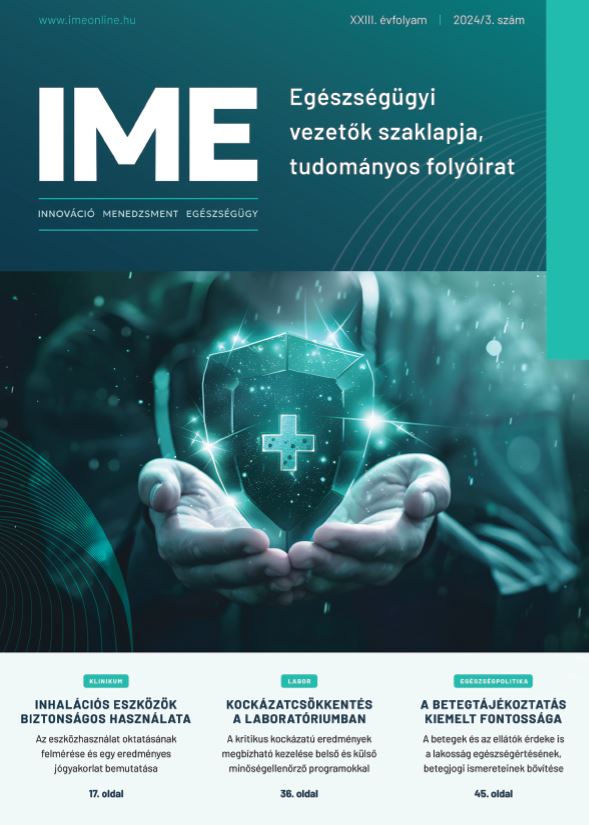Az inhalációs eszközök használatának oktatását fejlesztő jógyakorlat
Az asztmás és COPD-s betegek ellátásának fejlesztése érdekében
Absztrakt
Az asztma és COPD betegség kezelése elsősorban inhalációs eszközök segítségével történik, amelyek szerepe az, hogy a gyógyszer hatóanyaga egyszerűen és biztonságosan jusson közvetlenül a tüdőbe. A helytelen technikával használt inhalációs eszközökkel nem érhető el a terápiás cél. Az inhalációs eszközhasználat technikájának monitorozása elengedhetetlen az asztma és COPD betegség hatékony és eredményes kezeléséhez. Az inhalációs eszköz használatával kapcsolatos kihívások kezelésével elsősorban az egészségügyi szolgáltatók képesek javítani, fejleszteni a betegellátás minőségét. Az inhalációs eszközök oktatási folyamata akkor lesz megfelelő, ha a következő szempontok teljesülnek:
- A beteg szükségleteihez igazodó oktatás. 2. Részletes és világos útmutatás az eszköz helyes használatához. 3. Gyakorlási lehetőség demó eszközön. 4. Visszajelzés a beteg felé az inhalálási technika helyességéről. 5. Írásos segédanyag átadása a helyes eszközhasználatról.
Két budapesti tüdőgondozóban készült felmérés során azt vizsgáltuk, hogy hogyan használják az asztmás és COPD-s betegek az inhalációs eszközeiket. A lehetséges hibák közül hat típust azonosítottunk és a gyakorlat értékeléséhez ezek alapján csekklistát készítettünk. Két hónap alatt a járóbeteg szakrendelésen megjelentek közül 485 asztmás és COPD-s beteget vontunk be a vizsgálatba. A felmérés eredményei alapján 281 esetben (58%) szükség volt az inhalációs eszköz használatának korrekciójára. A hibák megoszlása a következő volt: egy hiba 106 esetben (22%), két hiba 76 esetben (16%), három vagy több hiba 99 esetben (20%). Az ellenőrzés során 24 esetben (5%) az oktatás megismétlését és az eszközhasználat gyakoroltatását követően sem tudta a beteg helyesen használni az inhalációs eszközét.

This work is licensed under a Creative Commons Attribution-NonCommercial-NoDerivatives 4.0 International License.




